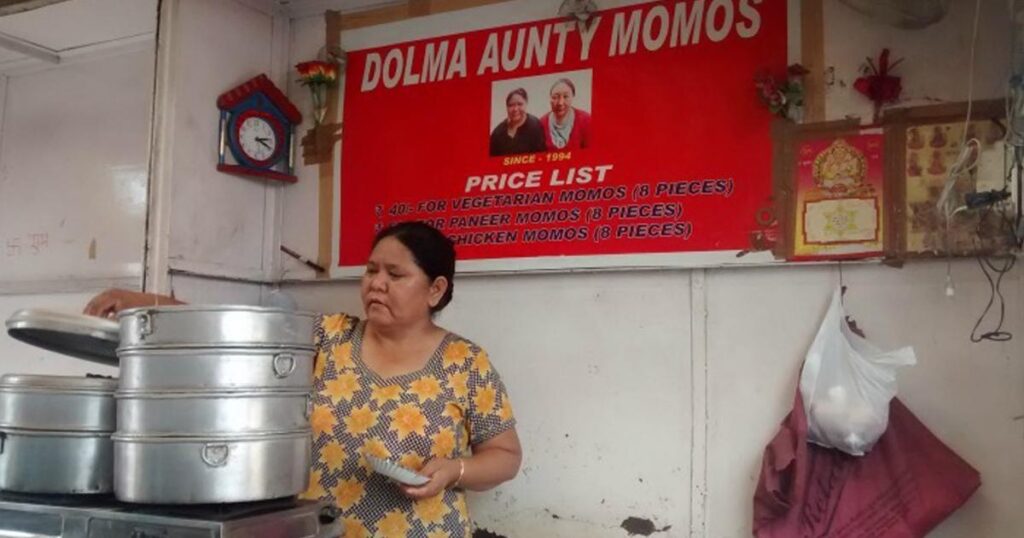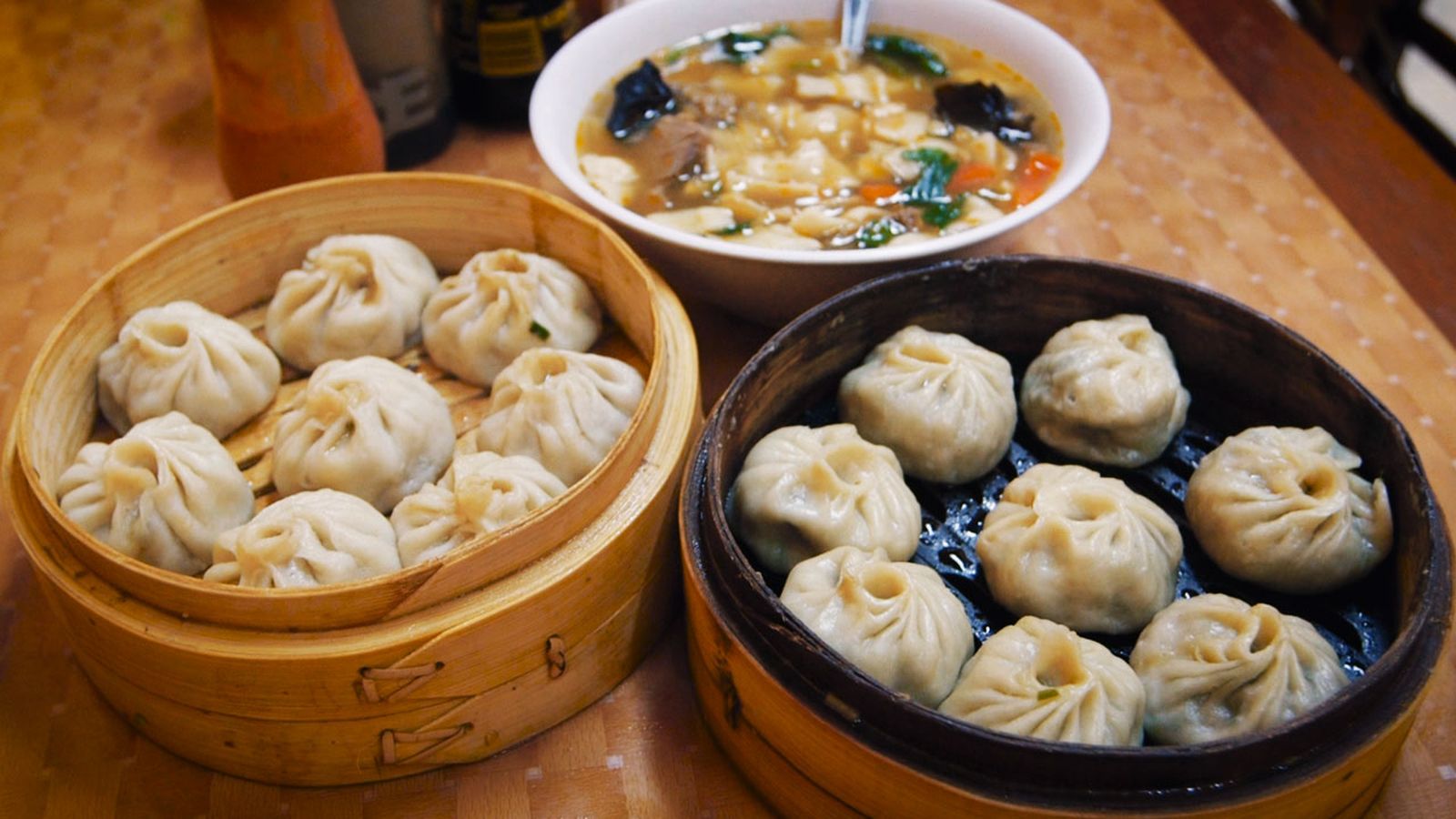Momos are in the heart of every Delhiwala. They are always a topic of conversation, and their stalls dot every street of the city. But just a few years ago, this was not the case. Momos were an alien concept to the city of Delhi and other street foods dominated the market and the hearts of the citizens.
The Origins
The name ‘momo’ is a colloquialized form of the Tibetan Mog Mog. The origins of the word refer to the process of steaming while preparing food, and more commonly to ‘steamed buns’.

The dish was initially popular among a Nepali community in the Kathmandu valley. One prevalent story chronicles Nepali merchants carrying the recipe to Tibet where they used to go for trade. In Tibet, the dish evolved according to the availability of resources.
Political Instability in Nepal and Tibet
The political and economic instability in Nepal and Tibet following the Nepalese Civil War and the Chinese attack on Tibet respectively forced many locals to migrate to other regions of the subcontinent. In India, the exiled settled in parts of Dharmsala, Sikkim, Bengal and Delhi. With markets and shopping malls growing at a fast rate, Delhi held many employment opportunities for those wishing to settle here.
As the immigrants became a part of Delhi’s demographics, their culture too started to merge with ours. While many took up jobs in the tertiary sector, some opened their stalls and began to serve their cuisine to the common-folk of Delhi. This is how momos entered Delhi’s street food scenario.

The love for momos among Delhiites has made it a very profitable business. Many who migrated to Delhi looking for a job have set up their own stalls. In fact, in a locality in Chirag Delhi, every one of two houses has a member involved in selling momos.
Delhi’s first Momos Stall
It is believed that Dolma Tsering, an immigrant from Tibet, started the first momo stall in Lajpat Nagar in 1994. In the earlier days, she had to often deal with suspicious customers as well as the discomfort of being one of the few women sellers on the street. Nowadays, her lip-smacking momos and chutney have made quite a reputation among Delhiites. She has opened two more stalls and employs up to 40 people.





